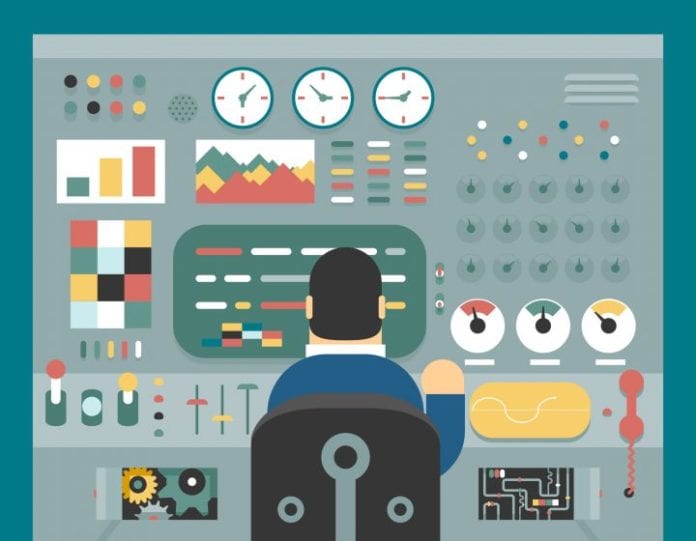SCADA and its use cases.
Nearly everywhere you look, there is some type of supervisory control and data acquisition system running behind the scenes, at your local supermarket, refinery, waste water treatment plant or even your own home. SCADA is an automation control system commonly used in modern industrial settings, and is designed to gather data in real time from remote locations in order to control equipment and conditions.
According to DPS Telecom, SCADA applications are made up of two elements: the process/system/machinery you want to monitor and control, which can take the form of a power plant, a water system, a network or a system of traffic lights; and a network of intelligent devices that interface with the first system through sensors and control outputs. This network, which is the platform system, provides the capability to measure and control specific elements of the first system.
SCADA includes both hardware and software components, with the hardware gathering and feeding data into a computer that has software installed, which the computer then processes. The platform can also record and log events into a file stored on a hard disk or send them to a printer.
Typically, SCADA systems are used to automate complex industrial processes where human control is impractical, according to DPS Telecom. Around the world, systems are used in many industries, including:
Manufacturing
SCADA systems manage parts inventories for JIT manufacturing. They also regulate industrial automation and robots. To ensure good output, they monitor process and quality control.
Buildings, facilities and environments
Facility managers use SCADA to control devices, including heating, ventilation and air conditioning; refrigeration units; lighting; and entry systems.
Electric power generation, transmission and distribution
Electric utilities use SCADA systems to detect two key things: current flow and line voltage. They monitor the operation of circuit breakers and also take sections of the power grid online or offline.
Water and sewage
State and municipal water utilities use these platforms to monitor and regulate water flow, as well as track reservoir levels and pipe pressure.
Mass transit
Transit authorities use SCADA to regulate electricity to subways, trams and trolley buses. They also automate traffic signals for rail systems, and can track and locate trains and buses. They can also control railroad-crossing gates.
Traffic signals
SCADA regulates traffic lights, controls traffic flow and detects out-of-order signals.
SCADA vs IoT?
The definition of SCADA systems very closely mirrors elements found in the “internet of things,” though IoT is really a superset that builds on SCADA accomplishments, among others. Typical SCADA components include programmable logic controllers or remote terminal units, which process sensor data; telemetry systems that function as a local area network or wide area network; servers for data accumulation; and related machinery control applications. Over decades of enhancement, these systems have evolved to meet the needs of manufacturing and other machinery control, helping create today’s “internet of things,” according to Eckerson.

